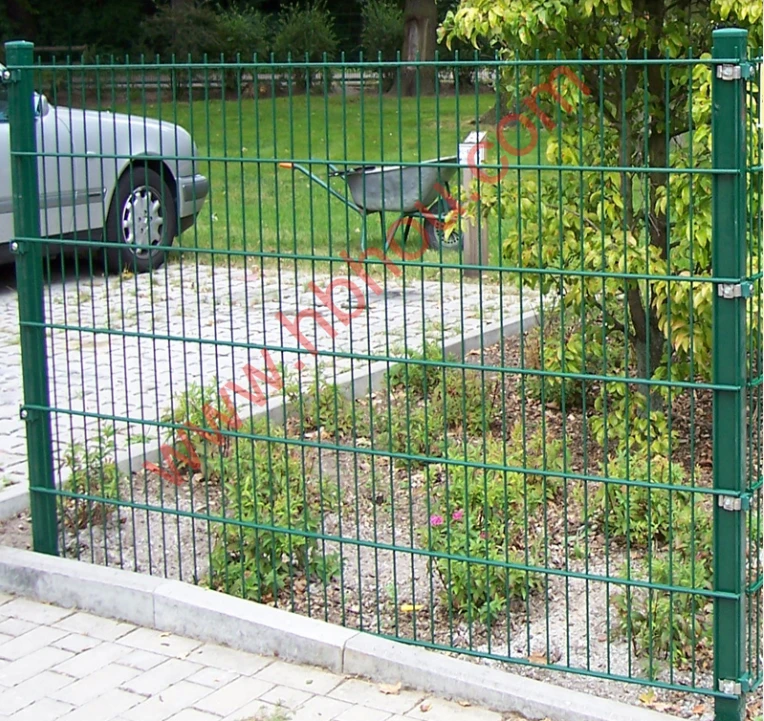Gabion Cage Wall A Sustainable Solution for Erosion Control and Landscape Design
In today's world, where environmental concerns and sustainable development are at the forefront of construction practices, gabion cage walls have emerged as an innovative and effective solution for erosion control, landscaping, and even aesthetic enhancement. Utilizing the natural strength of stone and wire mesh, gabion walls provide a versatile approach to a variety of engineering needs. This article explores the characteristics, benefits, applications, and installation process of gabion cage walls.
What is a Gabion Cage Wall?
A gabion cage wall is constructed using wire mesh cages filled with rocks, stones, or other materials. These cages are stacked and joined together to form a solid structure. The term gabion comes from the Italian word gabbione, which means big cage. Traditionally, gabion cages were used in military engineering for fortifications, but over time, their applications have expanded significantly.
Characteristics of Gabion Cage Walls
Gabion walls are characterized by their modular design, which makes them easy to customize and adapt to various landscapes and purposes. The wire mesh used in gabions is typically made from galvanized steel or stainless steel, providing corrosion resistance and ensuring durability over time. The cages can be filled with native stone, making them blend seamlessly into the environment and reducing the need for transported materials.
One of the standout features of gabion walls is their permeability. Unlike concrete walls that tend to hold water, gabion structures allow water to flow through the stones, preventing hydrostatic pressure buildup and reducing the risk of flooding in surrounding areas.
Benefits of Gabion Cage Walls
1. Erosion Control Gabion walls are particularly effective for controlling soil erosion on slopes and riverbanks. By dissipating the energy of flowing water and stabilizing soil, they help to preserve the landscape and prevent property damage.
2. Aesthetic Appeal Gabions can be designed in various shapes and sizes, offering a natural and rustic appearance that enhances the landscape. They can be filled with different types of stones or even local materials, making them an attractive choice for gardens, parks, and public spaces.
3. Cost-Effectiveness In many cases, gabion walls can be more economical than traditional retaining walls, particularly when using locally sourced materials. Their modular nature minimizes labor costs as they can often be built by less specialized workers.
4. Environmentally Friendly Gabion walls support sustainability by using natural materials and allowing vegetation to grow within and around them, promoting biodiversity. Furthermore, they do not require heavy machinery for installation, reducing their carbon footprint.
gabion cage wall

5. Adaptability Gabion walls can be engineered to meet specific structural requirements and can be used for a variety of applications, including riverbank stabilization, noise barriers, privacy screens, and even seating arrangements in gardens.
Installation Process
The installation of gabion cage walls involves several steps
1. Site Preparation Clear the area where the wall will be constructed, ensuring a stable foundation.
2. Design and Layout Plan the design, determining the size and shape of the gabion walls based on the specific project requirements.
3. Cage Assembly Assemble the gabion cages according to the manufacturer's specifications, ensuring they are securely wired together.
4. Filling the Cages Fill the cages with the chosen materials, making sure to compact them adequately to maximize stability.
5. Stacking and Securing Stack the filled cages in the planned configuration and secure them together using wire or ties to form a solid structure.
6. Final Touches Complete the surrounding area with landscaping, allowing for natural vegetation to establish, which can further stabilize the wall and enhance its appearance.
Conclusion
Gabion cage walls provide a sustainable, cost-effective, and aesthetically pleasing solution for a variety of construction needs. Their ability to control erosion, support biodiversity, and adapt to various applications makes them an ideal choice for landscape architects, engineers, and property owners alike. As we continue to prioritize sustainable building practices, gabion walls offer a promising avenue for both environmental protection and creative design in our landscapes.
















